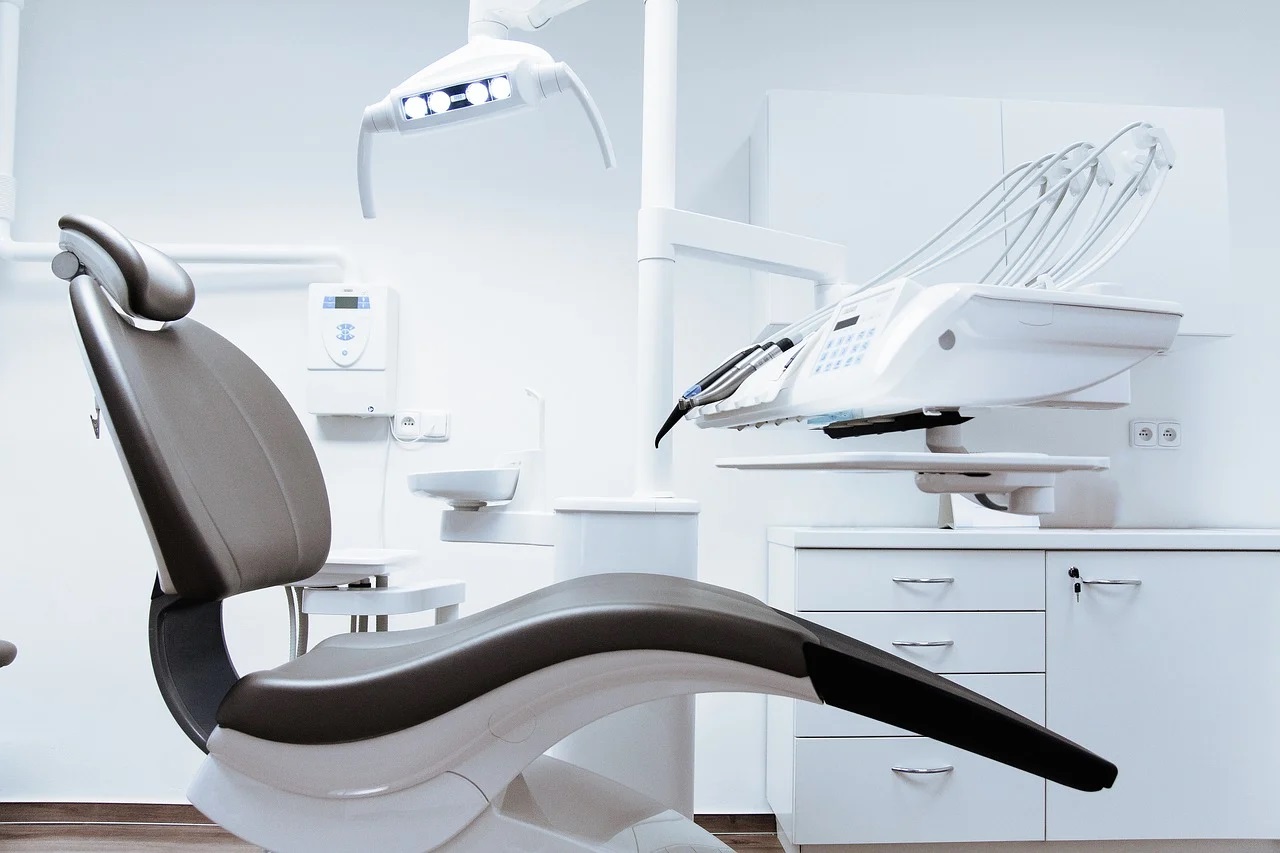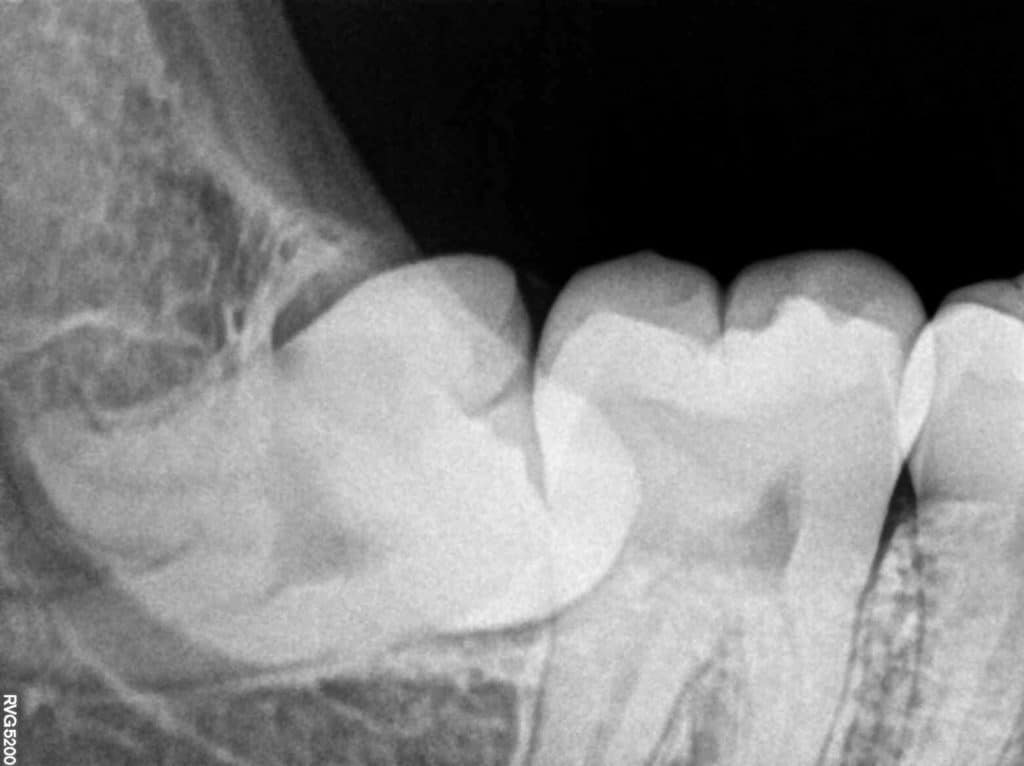Wisdom Tooth Removal Recovery in Details

Wisdom Teeth removal is one of the safest and common dental surgeries in America. According to the reports, every year estimated 5 million Americans undergo the wisdom tooth removal procedure. It’s a procedure to remove the third set of molars which appears between the age of 17 and 25. Most Americans possess at least one impacted wisdom teeth. Essentially, this means that it won’t have space to grow naturally without affecting the surrounding teeth and bones. By removing the wisdom teeth, you avoid potential damage to the teeth in the future. The real question is to follow the right recovery path following the surgery. In today’s article, we talk about wisdom tooth removal recovery in detail.
What’s the Wisdom Teeth Removal Recovery Time?
Different stages of the healing process:
- First 24 hours: Formation of blood clots
- 2-3 days: Swelling of the mouth and cheeks subsides
- 1 week- Stitches removals
- 10 days- Jaw stiffness and soreness disappears
- 2 weeks- Face’s mild bruising healing completed
Key Note: recovery path would differ on a case-to-case basis. In the event of blood clots movement away from the wound’s location or the wound getting infected, recovery may be delayed.
Speeding up the Wisdom Teeth Recovery
Blood clots are formed where the wisdom tooth used to be there. Plus, blood clots are essential for recovery post tooth extraction. It’s important due to reasons-
- Prevents excessive bleeding
- Enables growing of new tissue
- Prevents wound infection
- Shields the exposed jawbone
Dentists often caution against dislodging a blood clot in the initial 24 hours post-surgery. So follow the below tips –
- No brushing near the operated area
- Avoid rinsing
- No hot drinks consumption
- No solid food that requires chewing
- Say no to smoking and alcohol in the initial 24 hours
Key Note: Use the antiseptic rinse mouth liquid for rinsing the mouth after 24 hours only

Immediate Steps to Follow Post the Wisdom Tooth Extraction Surgery
- Consult the dentist near your for tips and guidelines
- Tell the dentist about other medications you take
- Ask the dentist if you can use an ice pack to alleviate pain in the initial 2-3 hours
- In case you have been administered anesthesia, it’s advisable to take a rest for 48 hours
- You can take pain relief medication like ibuprofen after consulting a dentist
Home Care Tips
Post the discharge from a dental clinic near you, one has to follow basic guidelines at home. Firstly, keep the wound clean during the recovery phase. So, one might be eating and drinking which could lead to particles getting lodged in the extracted tooth area.
So follow the cleaning procedures below to keep away the infection:
- Use an antiseptic mouth rinse to prevent infection
- Rinse mouth with warm water and salt to reduce swelling and soreness in the gum
- Raise the hand while sleeping
- Avoid exercise for the first 48 hours post wisdom tooth extraction surgery
What to Eat After Wisdom Tooth Removal
Patients are advised to include food that is soft and liquid in their diet plan.
Some of the suitable food after wisdom teeth removal are:
- Eggs
- Soups
- Noodles
- Mashed bananas
- Avoid candy and chewing gum
Hot and spicy food is also strictly off the menu
Key Note: if one or two wisdom teeth have been removed from one side of the mouth, it is possible to eat chew from the other side after 24 hours. Importantly, consult your dental clinic near you about the best diet plan.
Conclusion of Wisdom Tooth Removal Recovery:
Wisdom tooth removal is a simple process for good oral health. The post-recovery process is smooth if one follows the right dental self-care tips prescribed by your dental specialist. Mostly, the recovery takes around 2 weeks without any complications. There is a possibility of developing infection post the procedure. So, a patient might show symptoms of fever, swelling, pain, or maybe white pus around the wound. Importantly, consult your dentist in the event of any pain, severe bleeding, or any unexpected symptoms.

